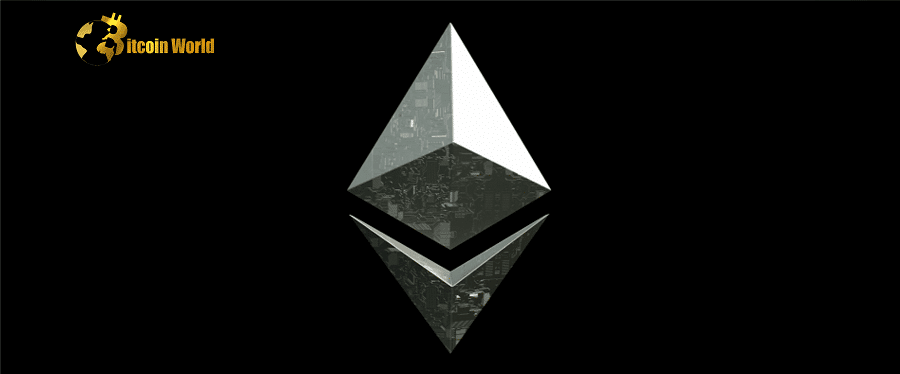According to Glassnode, the annualized daily net inflation rate of Ether (ETH) supply touched a record low of -2.772% on Tuesday. Ether powers the smart-contract-enabled Ethereum blockchain, which has the largest ecosystem of decentralized apps. Market capitalization ranks Ether second.
Ether’s net inflation rate rose to -1% on Sunday. Last month showed a definite trend. Ether deflation is accelerating. If Ethereum network activity continues, that deflation rate might accelerate, which many analysts believe would boost the ETH price.
Glassnode reported a seven-month high of 64 Gwei for Ethereum gas. Gwei = 0.000000001 ETH. The minimum Gwei gas fee for a transaction is derived by multiplying the Gwei Gas Price by the Gas Limit, presently 21,000.
Users had to spend 1,344,000 Gwei or 0.001344 ETH every transaction on Tuesday when the gas price topped 64 Gwei. That’s roughly $2.10 based on Ether’s closing price last Tuesday. By Sunday, the gas price had fallen to around 30 Gwei, meaning a transaction fee of 0.00063 ETH, roughly $1.06 based on Sunday’s closing Ether price.
Ether consumption rises with gas prices (Gwei). Before understanding why, we must quickly understand the Ethereum network cost structure. Network fees are two-part. All users must pay a base fee to process their transactions on the blockchain.
Users can tip to expedite their transaction. The Ethereum network automatically calculates the base fee, which rises at times of heavy network traffic. In the August 2021 London hardfork, Ethereum Improvement Proposal (EIP) 1559 mandated that all base fees paid by users be destroyed, permanently removing the tokens from circulation.
Hence, Ether burning increases with base gas fee. The red bars above show EIP 1559’s ETH burn rate. When this burn rate exceeds the issuance ETH rate, which is around 0.55%, the ETH supply will decline. Nodes and stakes secure Ethereum using ETH.
This year, Ethereum network traffic has been rising, which could continue to push gas fees higher and increase the ETH burn rate. DeFi Llama reported that trade value locked (TVL) in Ethereum smart contracts was $54 billion, up from $35 billion at the start of the year.
Cryptocurrency prices partly explain this. ETH-denominated TVL rose to 32.3 million from 31 million at the start of the year. The amount of internal smart contract calls (calls initiated from within an already executed smart contract) has been growing higher in recent months, indicating more network smart contract activity.
Ether is up 42% year-to-date, and as crypto values climb, investors will return to Decentralized Finance (DeFi). In early 2022, network congestion caused a 6.0% daily annualized ETH (EIP 1559) burn rate.
At the time, Ethereum’s issuance rate was 4.4-4.6% each year due to the miners’ higher energy expenses and miner rig costs due to the proof-of-work consensus process. Ether deflation peaked at 1.5%.
Ether’s deflation rate could reach 5.5% if EIP 1559 burn rate returns to early 2022 highs. Ethereum network gas expenses and ETH burn rate are unpredictable. ETH’s deflationary nature should support its price in the coming years. With DeFi adoption poised to accelerate and the Bitcoin supply continuing increasing at roughly 2% per year (until the next halving in around a year and a half), many analysts believe ETH might exceed BTC in market capitalization.














